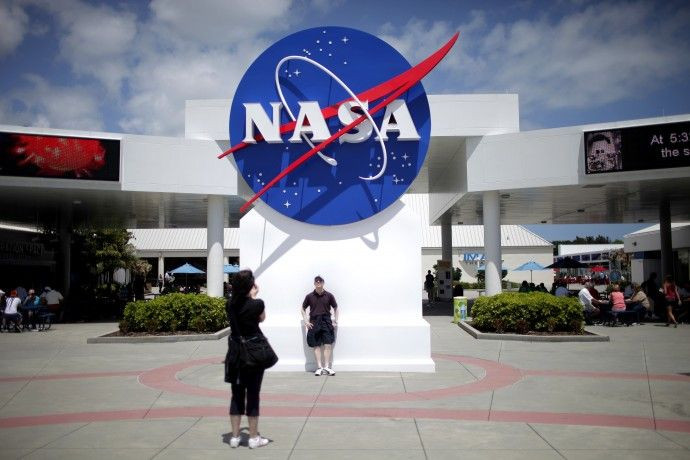NASA, NORCAT test terrestrial mining as SpaceX's Dragon capsule returns to Earth successfully

In less than a day after the successful launch of SpaceX's Falcon 9 commercial rocket and Dragon capsule on Wednesday, NASA's Glenn Research Center and the Northern Centre for Advanced Technology (NORCAT) of Canada are conducting tests that simulate the mining on Mars and the moon.
On the moon and eventually on asteroids and Mars, surface material will be mined for processing to produce oxygen, water and other valuable resources meant to dramatically reduce the cost of space travel, says Glenn's Chief of the Space Environment and Experiments Branch, Kurt Sacksteder.
NORCAT's results and NASA's results held in the Arizona desert earlier this year will be compared and the data will be used in computer simulations of planetary surface excavation systems. The computer models will help assess the hardware mass and power consumption needed to conduct mining operations and the production of oxygen and water in extraterrestrial locations.
Part of a three-year joint study, these tests will help develop technology to harvest space resources needed for both human and robotic exploration on planets.
The timing of these experiments with the launch of commercial rockets reflect the urgency in NASA's efforts to rope in private companies for space exploration.
After the successful launch of the rocket developed by Internet entrepreneur Elon Musk's Space Exploration Technologies that reached orbit in a test flight on Wednesday, commercial space aviation companies were upbeat and so was NASA's administrator Charles Bolden, who described the rocket launch as similar to Lindberg's 1927 solo flight that preceded commercial aviation. These new explorers are to spaceflight what Lindbergh was to commercial aviation, said Bolden.
Launched from Cape Canaveral on Wednesday morning, the rocket circled the globe twice and the capsule landed in the Pacific Ocean after three hours as scheduled. This is the first time that a commercial company has undertaken a launch with NASA's help that brought back the spacecraft to Earth.
The unmanned reusable Dragon capsule was designed to take cargo next year and astronauts in future to the international space station.
NASA is increasingly focusing on building a new deep-space rocket that can carry out missions to Mars and the moon as it is facing resistance to its budget proposals in Congress.
Apart from SpaceX, other companies involved in NASA's Commercial Orbital Transportation Services system include Orbital Sciences of Dulles which provides cargo services to the space station, and Boeing which has shown interest to enter the race for contracts.
© Copyright IBTimes 2024. All rights reserved.





















